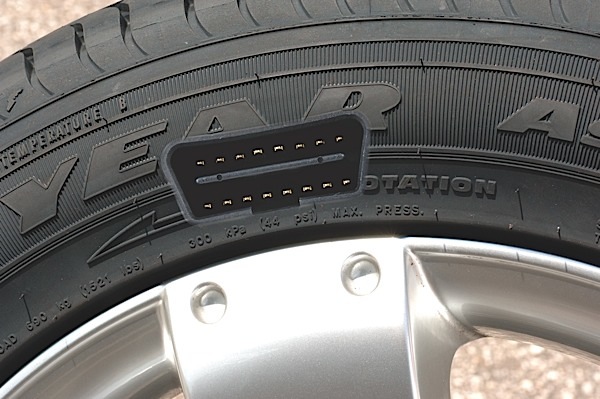
Volvo Engine Service
There are many combinations for the Volvo modular engine.
If an engine manages to stay in production for 25 years, it is a testament to the engineering inside. This is the case of the Volvo Modular Series engine that outlasted Ford and was just retired by Geely. The Volvo modular design that can have four, five or six cylinders made its debut in 1990 in the 960 sedan as a six-cylinder and never stopped improving.
Nissan Electro Hydraulic Steering
Nissan’s steering system is susceptible to driver-error.

Toyota Regenerative Braking System
The brake system of a hybrid may have multiple components to perform regenerative braking and pedal simulation.

Regenerative Braking Service
Regenerative braking takes the forward motion of the vehicle and turns it into electrical energy.

Toyota Prius Battery Codes P0A7F, P2011 and P0A80
A second generation Toyota Prius is at least 12 years old and batteries may need to be replaced. Here’s what the codes mean.

Other Posts
ZF Expands SACHS CDC Shock Line for U.S., Canada
The release expands ZF’s line by more than 70% reflecting growing demand for advanced damping technology in the aftermarket.
Philips Announces Xperion 6000 LED Under Hood Work Light
It features a motion detection switch that allows mechanics to turn the light on and off with a wave of their hand.

Servicing Mercedes-Benz AMG Brakes
Take a look at some of the things you need to know in order to service the brakes on a Mercedes-Benz AMG vehicle.

Snap-on Announces Latest Software Release
The latest software includes new coverage, guided component tests and features.




